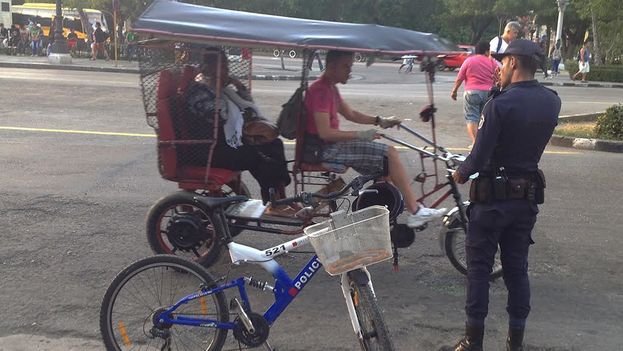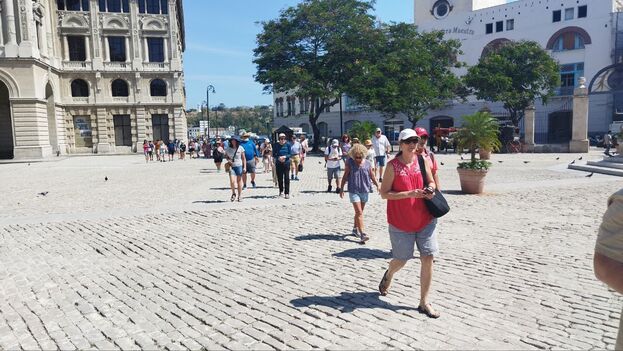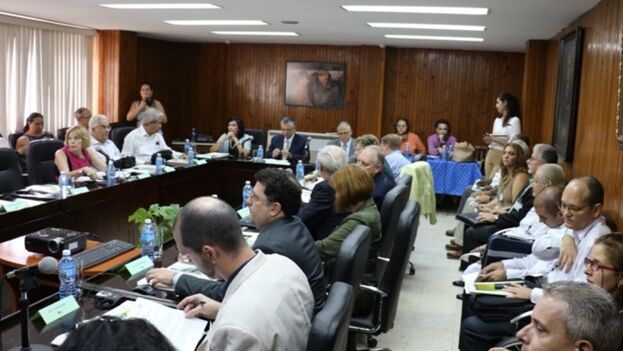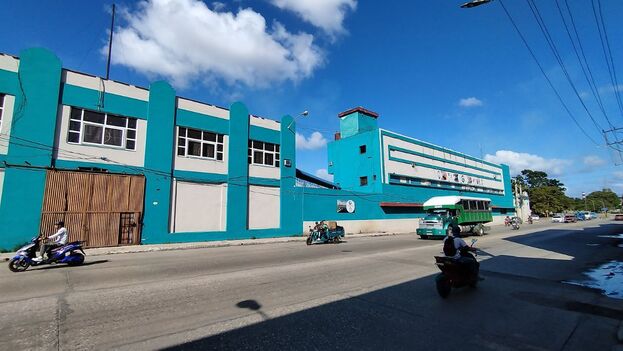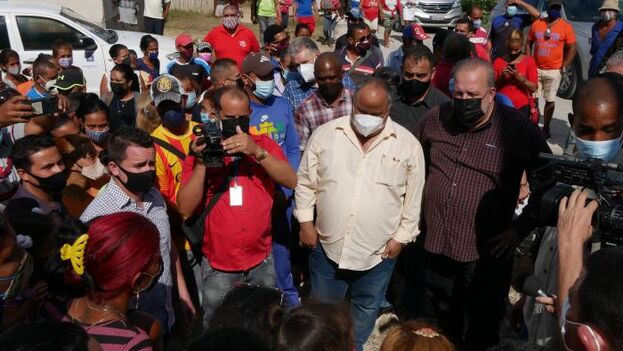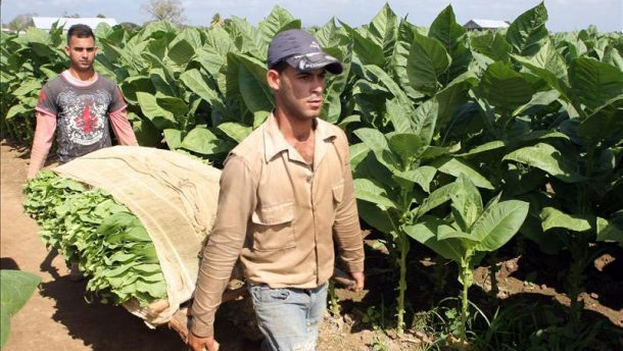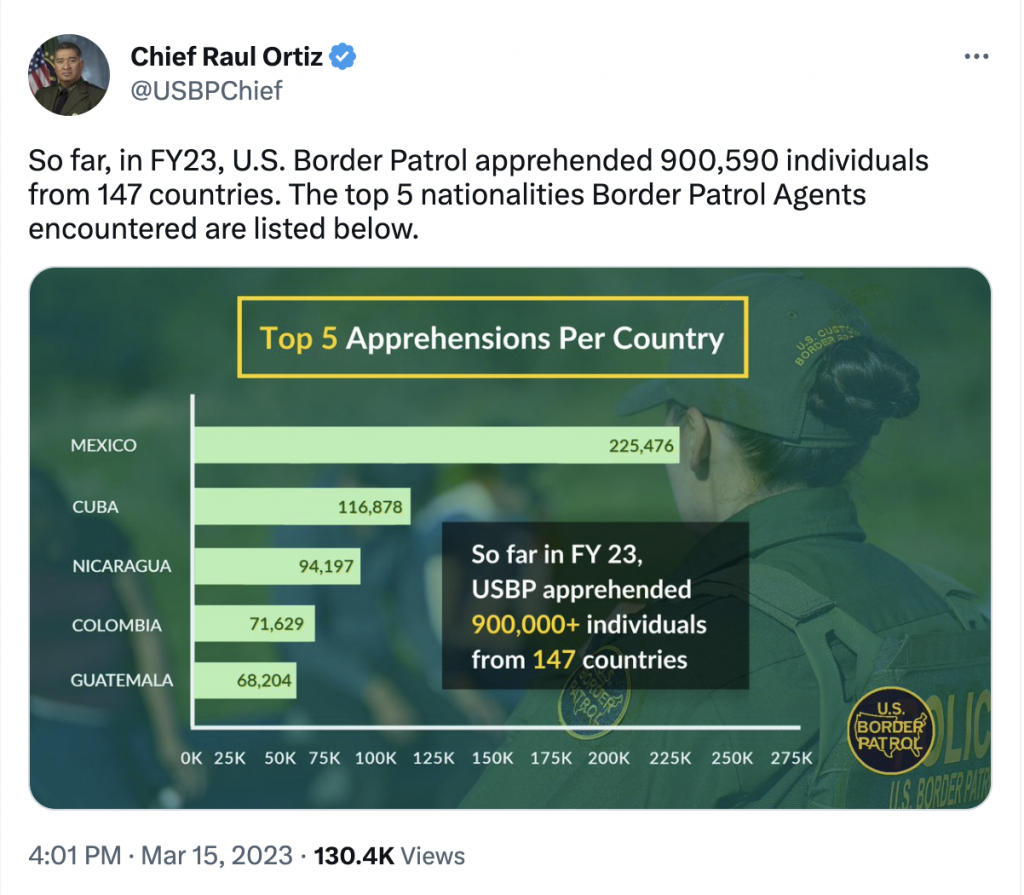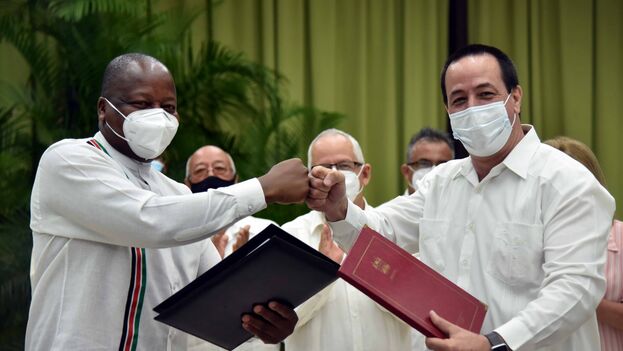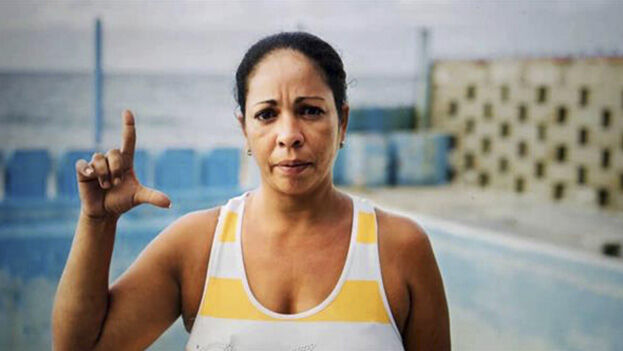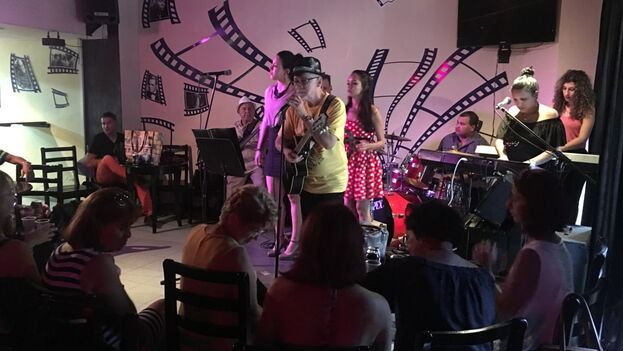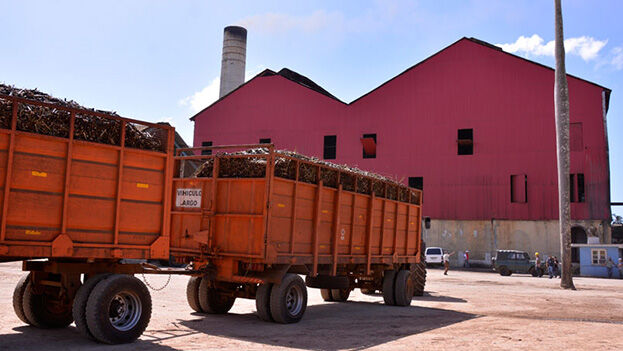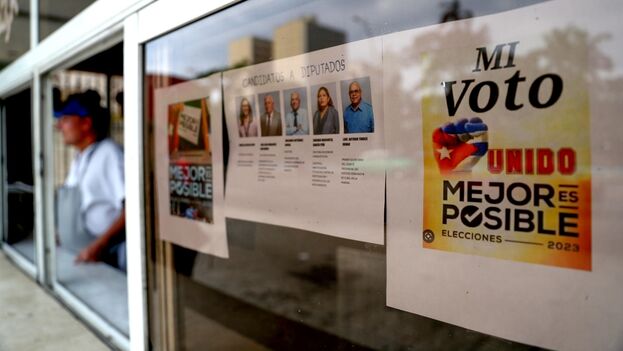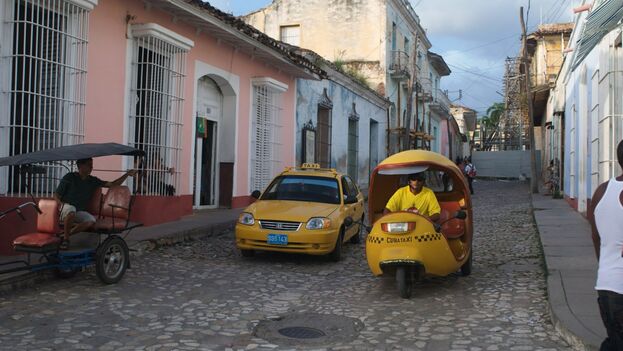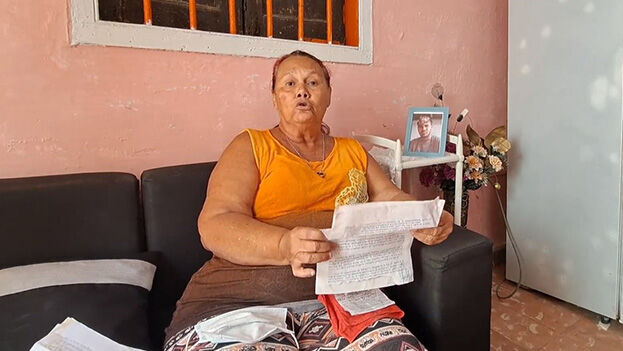
![]() 14ymedio, Havana, 23 March 2023–The Territorial Military Tribunal in Havana absolved two police officers accused of killing Exduyn Yoel Urgellés Huete in the municipality of La Lisa on October 7th. Milagros Huete, his mother, maintained her silence all these months for fear of reprisals, but on Tuesday she confronted the officers during an interview with independent news outlet Cubanet, “You killed my son!”
14ymedio, Havana, 23 March 2023–The Territorial Military Tribunal in Havana absolved two police officers accused of killing Exduyn Yoel Urgellés Huete in the municipality of La Lisa on October 7th. Milagros Huete, his mother, maintained her silence all these months for fear of reprisals, but on Tuesday she confronted the officers during an interview with independent news outlet Cubanet, “You killed my son!”
According to Huete, Sub-lieutenant Raunel Castillo Milanés’s defense and that of Sergeant Eudys Jiménez Matos claim that “there was not excessive use of force.” The young man’s mother believes the opposite: both agents, she says, ignored the vital signs and the correct application of the containment technique, a maneuver which aims to immobilize the person who is detained.
Her son and one of his friends, called Yunieski, who dedicated themselves to the illegal sale of air fresheners, witnessed a police operation to arrest a thief who stole a gold chain in La Lisa, the woman said. When they arrived at the scene, they found a group of people who took off running and, instinctively, Urgellés also took off running because two weeks earlier he had been fined 2,000 pesos for his informal business.
Urgellés had a daughter who is a minor and the sale of air fresheners was the only means of subsistence he’d been able to find, said his mother. “I understand it is wrong, but it was his job,” she said. continue reading
Agent Castillo caught up to him and sprayed him with pepper spray. “They handcuffed him and threw him on the ground,” narrated Huete who is sure that, having consulted the court documents, Officer Jiménez joined the interrogation. They asked him why he stole the chain, but Urgellés declared that he did not know anything about that and attempted to explain why he had run off.
Not listening to his story, said Huete, the policemen put her son in a patrol car with his head down and had a conversation about the containment technique. When his partner asked, Jiménez responded that he didn’t know how to implement the technique and Milanés proceeded to show him how to apply it.
He placed his left arm between the arms of a handcuffed Urgellés and moved his head forward and back. After the “demonstration,” Jiménez attempted to apply the technique himself in the “same conditions and without using force,” because, they declared, the detainee remained “calm and communicative.”
Subsequently, in the patrol car they headed to the Aleida Fernández polyclinic looking for the victim of the robbery which had resulted in his presence there, presumably to take a statement, but the person had already been discharged. Once again, the car headed to the police station in La Lisa.
Upon reaching the station, one of the agents noticed that Urgellés was foaming at the mouth. “Immediately” they removed the handcuffs, stated the court document consulted by his mother, and they took him to the Cristóbal Labra polyclinic two kilometers away where “they arrived a few minutes later.”
Urgellés arrived in cardiorespiratory arrest, in a cyanotic state and without positive vital signs. For 30 minutes they tried to resuscitate him, but he was finally declared dead due to “asphyxia.”
During the trial, which Huete attended, military prosecutor Gabriel Pérez Lázaro disregarded the arguments of the young man’s lawyer, Pedro Roberto Valdés, who said that none of the two agents nor the patrol car driver had been arrested, “they had to attend to” other things unrelated to Urgellés’s “detention.”
“The result of the trial was freedom for both police officers,” stated the frustrated mother, who at that time lashed out at Castillo and Jiménez who had murdered her son.
Exduyn Yoel Urgellés Huete used to work as a baker in La Lisa until, according to his mother, he was assigned to oven duty. After falling asleep several times and burning the bread, he began to have problems at work, and he finally resigned. Soon after, faced with the impossibility of finding legal work, he and his friend Yunieski began selling air fresheners, said Huete.
Urgellés’s widow, Yuraimy Galdo Pérez told CubaNet that the young man was “an excellent father.” “The girl, since dad lost his life, is sick every month,” she said and added, “It is another case that goes unpunished.”
Translated by: Silvia Suárez
____________
COLLABORATE WITH OUR WORK: The 14ymedio team is committed to practicing serious journalism that reflects Cuba’s reality in all its depth. Thank you for joining us on this long journey. We invite you to continue supporting us by becoming a member of 14ymedio now. Together we can continue transforming journalism in Cuba.

